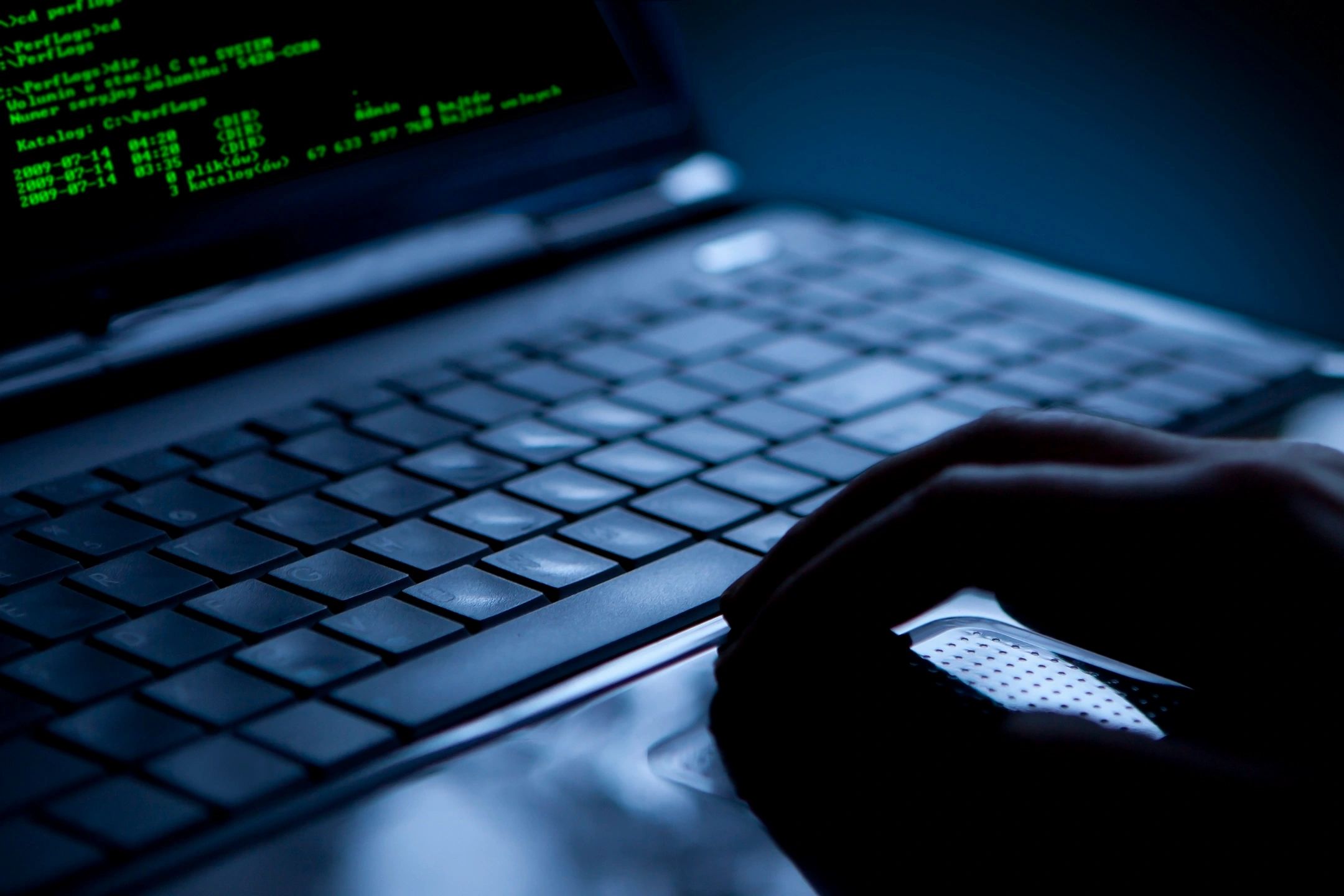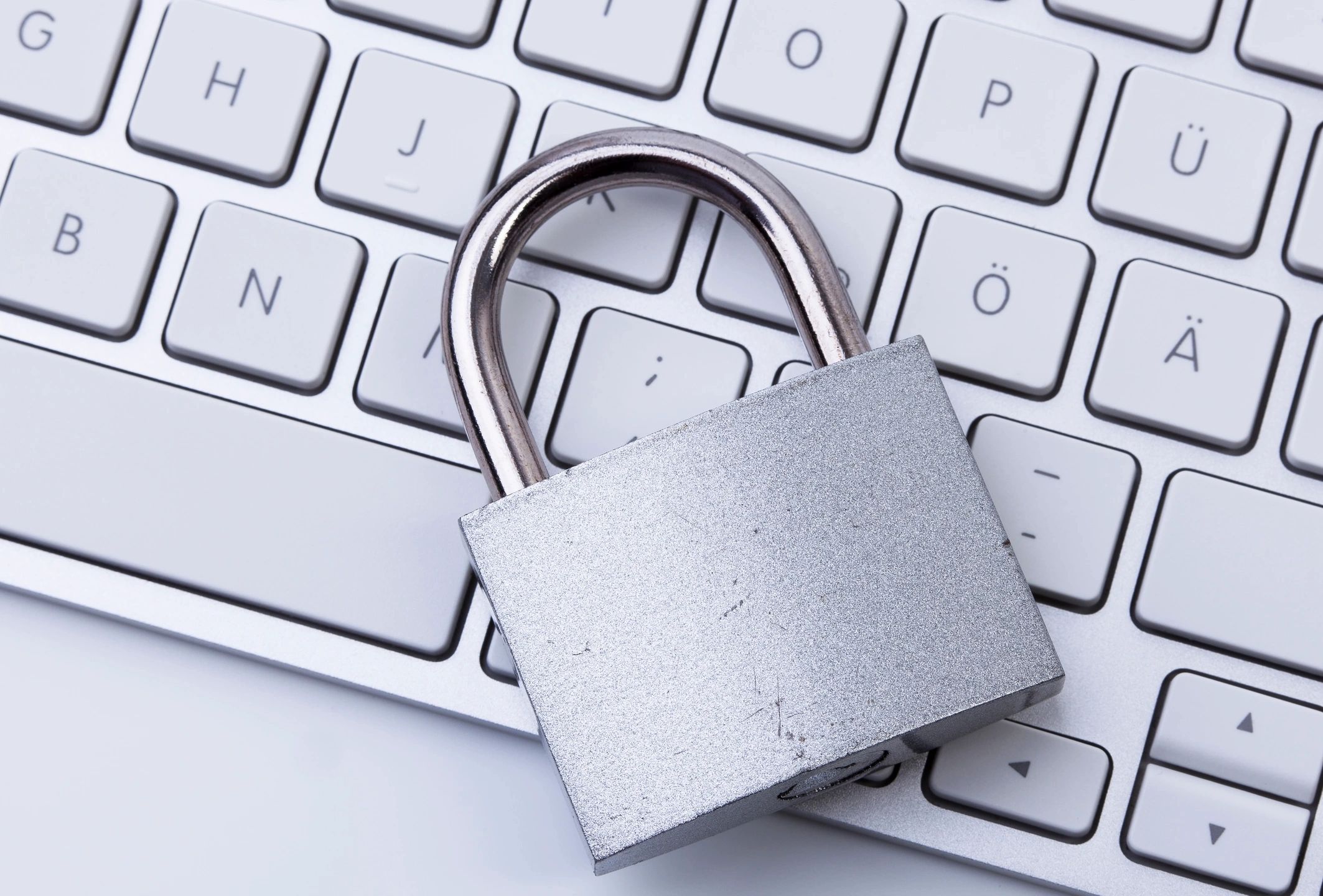Huge Data Leak Exposes 184 Million Passwords from Big Tech and More
Another massive data breach has happened, and this one is a big deal.
Cybersecurity expert Jeremiah Fowler discovered a huge file online that had over 184 million usernames, passwords, and other private info. The file included data from websites and apps like Google, Microsoft, Apple, Facebook, Instagram, Snapchat, and more. It also had login details for bank accounts, health services, and even government sites.
The Big Problem?
The file was not protected at all—no password, no encryption. It was just a plain text file that anyone could access.
Fowler said the data was likely stolen by infostealer malware. This kind of malware is used by hackers to collect personal information like usernames and passwords from computers and websites. Once they have this data, they can either use it for attacks or sell it on the dark web.
After finding the database, Fowler contacted the company hosting it, and they took it offline. But the company didn’t say who owned the file, so it’s unclear if it was leaked by accident or used on purpose for crime.
To see if the data was real, Fowler emailed some of the people in the file. Several of them said the passwords and account info were correct.
Who’s Responsible?
While the person who leaked or collected the data is mostly to blame, users also need to be careful.
“Many people treat their email like a free storage space,” Fowler said. “They keep tax forms, medical files, and passwords there. If hackers get in, they can find tons of private info.”
Why This Is Dangerous
Fowler explained the different ways hackers could use this leaked information:
-
Credential stuffing: Hackers try the same username and password on different sites to break into more accounts.
-
Account takeovers: Hackers steal your identity, money, and scam your contacts.
-
Ransomware and business hacking: If business login info was included, companies could be at risk.
-
Government attacks: Hackers could target public services using government account info.
-
Phishing scams: Hackers could send fake emails that seem real, tricking people into giving up more info.
How to Protect Yourself
Fowler shared these tips to stay safe online:
-
Change your passwords every year – Especially if you think your info has been leaked.
-
Use strong, unique passwords – Don’t reuse the same one on different sites.
-
Try a password manager – These tools help create and store strong passwords, but protect the master password carefully.
-
Turn on multi-factor authentication (MFA) – This adds a second step to log in, like a text message or app code.
-
Check if you’ve been hacked – Use websites like HaveIBeenPwned.com to see if your email has been in a breach.
-
Watch for strange activity – Many services will warn you if something unusual happens with your account.
-
Use good security software – Keep it updated so it can catch the latest threats like infostealers.



